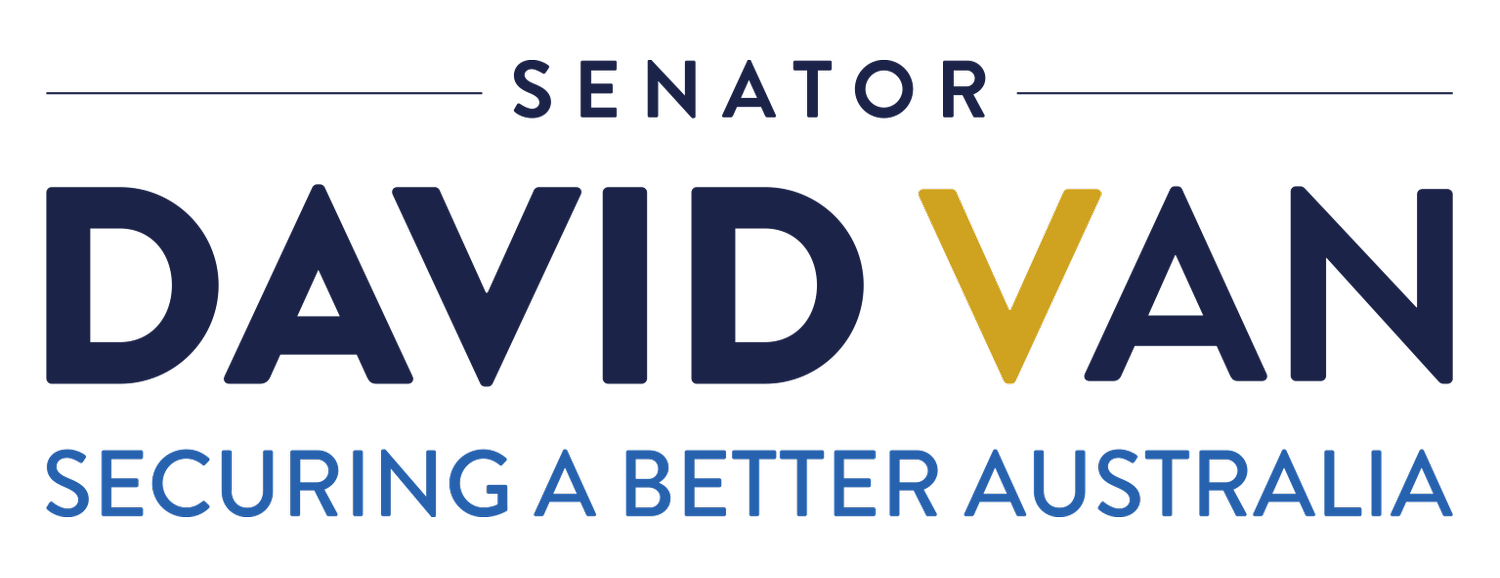Europe: Betting the house on red
The current crisis in Ukraine is the most unnerving event since the Cuban Missile Crisis in 1962 but the potential outcome will be devastating if Europe miscalculates – which I contend they are. The current calculation being made by EU nations particularly and NATO more generally, is that if they act against Russia in Ukraine, they risk a further escalation of hostilities on their territories. There is a cost to be paid in this conflict and these states must consider whether appeasement now removes the possibility for wider conflict or if it simply shift’s the timeline?
No one knows Putin’s end game, but it will surely come at a high cost to Europe and even more so to Ukraine. Putin objectives give him two options: lay siege to Kyiv until the Government submits or using artillery and air strikes to blast it into submission. The first option will see nearly 3 million people starve and the second will see a huge proportion of those dead, injured or displaced. Russia has done this previously in Grozny in 19951 and Alleppo in 2016, where they used artillery, mortars and carpet bombing runs to pound the cities into submission levelling buildings and killing thousands of civilians.
After the international community failed to prevent the atrocities committed in the 1990’s in the Balkans and Rwanda, it engaged in a serious debate on how to react to gross and systematic violations of human rights. The result was 138 nations agreeing in 2005 to the principle of the ‘Responsibility to Protect’ (R2P) and in 2009 UN Secretary General Ban Ki-Moon issuing a report entitled ‘Implementing the Responsibility to Protect’. R2P has three pillars: the first two make states responsible to protect their citizens from genocide, war crimes, ethnic cleansing and crimes against humanity and for other states the help them build this capacity. The third pillar places responsibility on the international community to act in a timely and decisive way to prevent and halt these crimes.
Given that, in the case of Ukraine, sanctions have failed to resolve the matter the international community must come together in a “timely and decisive manner” via the UN General Assembly (UNGA) to protect those at risk. R2P would normally be via the Security Council (UNSC) but because the P5 have veto powers and the antagonist in this case being a P5 member it is incumbent on all responsible nations to act quickly to protect Ukrainian lives.
To be clear, I am not advocating for ‘boots on the ground’. R2P obligations are designed to minimise loss of life, not put more lives at risk. The international community has taken some strong actions such as armaments and sanctions, some have required policy turnarounds that would be difficult for any government to make. However, given there is no guarantee these will lead to a Russian backdown it is hard to see how R2P obligations will be met. More needs to be done to avert a total humanitarian disaster.
The lowest risk, first move available to the EU and NATO would be to employ Unmanned Combat Aerial Vehicles (UCAVs) to slow down the Russian advance of armour and to take out as much of their air defence batteries as possible. From there if enough nations contributed aircraft and/or hosted forward bases using traditional formations of strike fighters, Airborne Early Warning and Control and refuelling tankers enough pressure could be applied to exclude the Russian Air Force from almost all Ukrainian air space and be able to stand off from Russia’s S-400 long range missiles.
This would be sufficient to change the risk calculation for Russia as to how many aircraft they would be willing to commit to take back air superiority and provide Ukraine with an effective, enforceable No Fly Zone. This would provide Ukraine’s military with a fighting chance to repel the invader. It would also mean the fight would be over Ukraine, not on or over NATO cities which would reduce the risk of death and destruction of their own people and infrastructure if Putin decides to continue this path of destruction.
This option is not risk free and lives may be lost, but what is Europe’s alternative? Europe cannot have a ‘do nothing policy’ for long; its reputation would be tarnished forever and the costs will increasingly amass. Indeed, there is nothing in the Russian playbook that says it will stop with Ukraine. Where would EU nations stand if Finland or Sweden were attacked next?
The best calculation for the EU, NATO, Ukraine and the world is to take a stand now – before the unthinkable happens. Europe and the rest of the international community cannot simply by and wait to pick up the pieces down the road.
1 That battle was under Boris Yeltsin who was considered far less hawkish than Putin.
Words: 800
